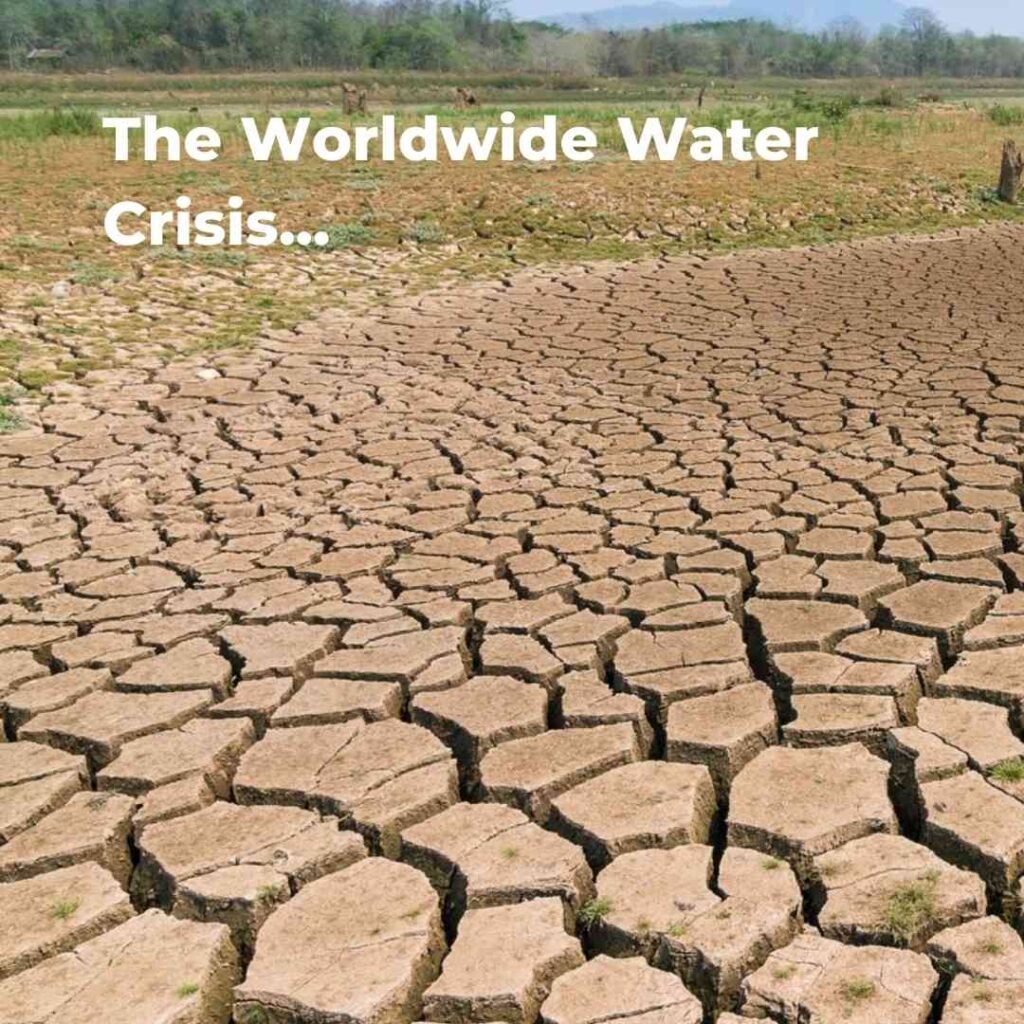
The Worldwide Water Crisis and How It Can Be Solved
There are numerous reasons for this impending crisis, with the most commonly touted causes including human overpopulation, mismanagement of water resources, over-use of water by Western and privileged people, mismanagement of wastewater, and pollution. This article, however, aims to confront the causes that have been brushed under the carpet.
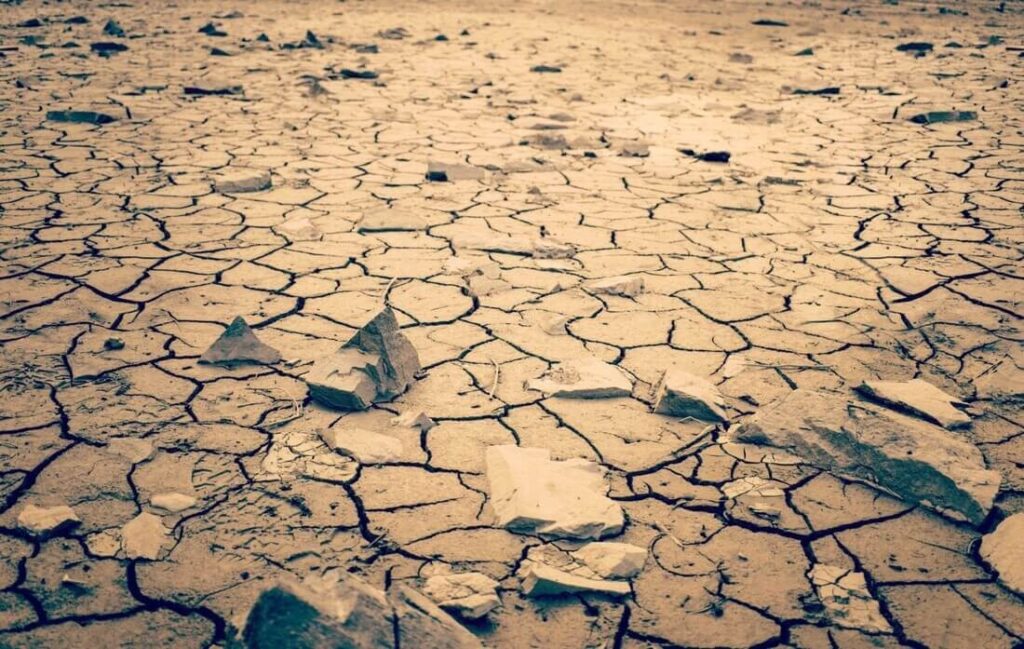
Water Privatisation
The issues with the privatisation of basic necessities run deep and vast. One problem is that company ownership of water removes open access to clean, running water from indigenous and rural communities, as well as local animals, insects, and plants – destroying important ecosystems and crippling indigenous people in favour of those with the funds to purchase ‘the best’ water resources. This water is bottled, further exasperating environmental problems by adding vast amounts to the plastic pollution problem.
While bottled water companies lobby governments to steal water rights, directly drying up aquifers and springs, mining operations and mismanaged hydro-power plants pollute and redirect dams and rivers. Yet another sector is greatly affecting access to water across the globe in a less obvious manner.
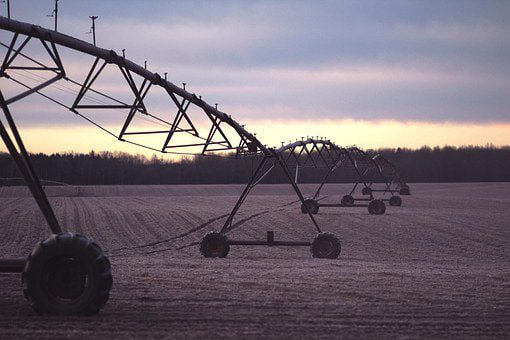
Last century’s destructive revolution in agriculture has caused, and continues to contribute hugely to, many of the environmental problems that we face today. While small farms feed 70% of the world’s population, industrial agriculture receives 80% of the subsidies distributed by the European Union. This points to how unsustainable industrial agriculture is – making false promises about ‘feeding the world’ while using up more resources than it gives back. One of these resources being water.Chemical run-off and animal by-products from industrial farms are now some of the main causes of water pollution in the US. Water pollution has several knock-on effects, including:
- Algal blooms and dead zones
- Drinking water contamination and disease spread, as well as the relevant effects on human health (many of which especially impact poor communities)
- Loss of river biodiversity which, in turn, results in food-availability effects for surrounding human and animal communities
On top of this, agriculture uses 80% of the available freshwater in the US – including that stored in vulnerable aquifers.

Desertification
Industrial agriculture and deforestation are causing mass desertification across the globe, with about 2 billion people currently affected by desertification and land degradation, and an estimated 40% of the Earth vulnerable to desertification (ie: drylands areas). Small farmers have learnt low-impact ways to grow food in drylands areas and have been using these methods for generations. In contrast, industrial agriculture is not suited to drylands and makes little attempt to adjust its ways to suit the land. The result is that these vulnerable areas are then put under stress and can quickly become uninhabitable deserts. Once the land in vulnerably dry climates starts to become degraded, the results often snowball into complete disaster. Climate change is speeding up this process, while desertification and the heat it causes is simultaneously exasperating climate change.
It’s a vicious downward spiral that is very easy to enter and may seem impossible to step out of.
However, hope is not lost as Permaculture and Regenerative Agriculture hold numerous solutions to the above-mentioned problems.
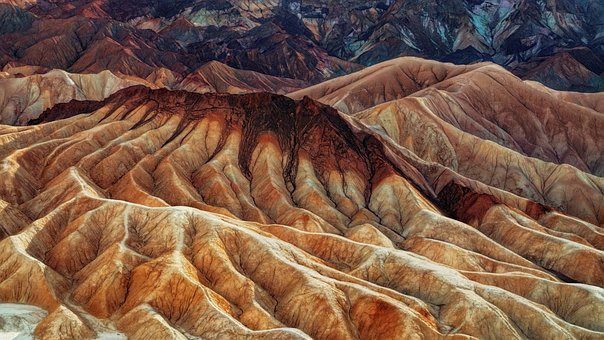
When looking at Industrial Agriculture through the lens of Permaculture, most of the generally-accepted practices seem completely nonsensical – especially as almost all of the commonly used methods are one-size-fits-all rather than suited to specific climates. One of the glaringly obvious issues is the treatment of water on industrial farms, which is typically sprayed overhead using huge pivots (even in hot and dry areas) and then allowed to leave the farm, carrying all sorts of contaminants with it.In Permaculture, we use climate-specific methods which are chosen by observing and getting to know the land first. Water is extremely highly valued as the source of life and a Permaculture designer recycles it through as many different systems as possible before it leaves the farm. It is imperative that the water leaves the farm as clean as, or cleaner than, when it entered.Many successful examples of Permaculture solutions used to regenerate landscapes that were seen as ‘beyond repair’ exist. Examples of this include: Geoff Lawton’s Greening The Desert Project in Jordan – which has created an oasis in the desert where people can thrive self-sustainably; John D Lui’s re-greening of the Loess Plateau in China – a degraded piece of land about the size of the Netherlands that is now lush and green; The Great Green Wall of Africa which is stopping the spread of desertification across the African continent; all among many smaller examples where individuals have dedicated their lives to rebuilding forests.
The project examples above have been huge, long-term, and meticulously planned endeavors. However, the beauty of Permaculture is that the solutions are simple to understand and can be scaled up or down as needed. One of the main water-management ‘rules’ that we use is to slow it, spread it, and sink it. This is important because, over time, rushing water causes mass destruction – removing topsoil, destroying plants, and forming erosion gullies – which accelerates land degradation. Dramatic rain events are common in dryland areas, during which the year’s supply of waterfalls in just a few heavy rainfalls – either nourishing or degrading the landscape.
We slow rushing water down by installing swales* across slopes, rock walls in existing gullies, and keyline ripping**. These methods, and their variations, slow water, and trap silt – creating fertile zones that can be planted with trees and crops. The roots of the plants further strengthen the areas by holding the soil together while their leaf litter and microbial interaction contribute even more to building fertility. While degraded soil becomes ‘hydrophobic’ and doesn’t allow water to penetrate, fertile soil acts as a sponge – further decreasing run-off.
Swales and keyline ripping also serve to spread water, as do rock walls and terraces. This reduces the overwhelming power of the water and allows it to reach further across the landscape.
Sinking water can also be achieved by using swales and keyline ripping, as well as flattened areas (terraces). Water that is moving slowly will sink better and fertile soil will absorb much more water than degraded soil. Therefore, the above two ‘rules’ deal with sinking the water by slowing it down and by introducing plants that create variations in the aspects of the landscape, improving the soil quality by introducing organic matter and interacting with microbial life.
One of the best things about Permaculture is that it can be made as low or high-tech as the designer requires. Swales and keyline ditches can be dug by hand with spades and hoes, terraces can be leveled in a similar way and rock walls can be built with manpower or machine. Seeds and plants can be placed by individual human hands and contours can be accurately measured by a hand-built A-Frame device. These ways follow the “Small and Slow Solutions” Permaculture Principle and because they are not instant, they allow nature and the landscape to do the work with the designer. In fact, many of the biggest regreening projects have been achieved by many human hands joined in manual labour and minds of determination joined to create solutions.
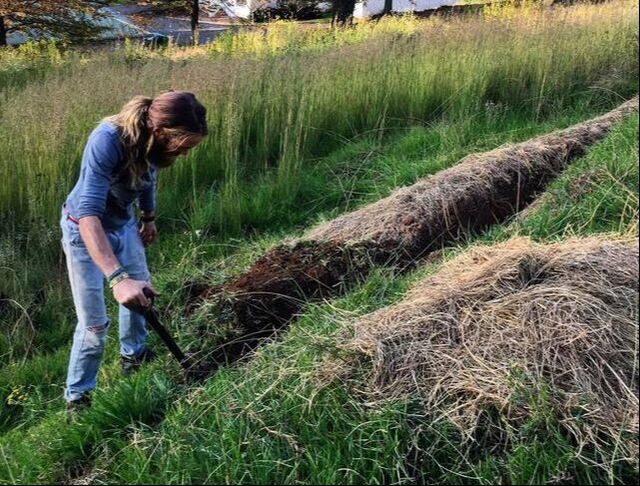
Regenerative Agriculture makes use of natural animal patterns that were observed to have maintained landscapes before human interference. While overgrazing is often the main cause of desertification in vulnerable areas, concentrated grazing and diverse cover-cropping can be used to heal the land. Permaculture water harvesting methods are most successful at converting deserts to oases, but Regenerative Agriculture is one of the best ways to bring health back to degraded grasslands.The general methods of Regenerative Agriculture include the rotation of large groups of grazing animals in small spaces where they are forced to eat all edible greens, instead of choosing the best and negatively affecting grass succession. During this process, the animals add fertile manure to the landscape while trampling grasses to naturally mulch*** the area by creating small rivets in the land with their hooves. The rivets disturb the soil enough to trap water in rain events while the manure and mulch increase fertility. Regenerative Farmers often include cover-cropping in their rotation plans – this is when a diverse selection of beneficial seeds is spread across a field and left to grow for a season before chopping and dropping the material as mulch, or allowing animals to eat and digest the mature plants. Crop plantings are often introduced to Regenerative rotations on farms that were previously only home to grazing fields for livestock sold for meat or other bi-products. This further adds to the diversity of soil microbes present in fields, as well as the diversity of incomes enjoyed by farmers. Resilient farming strategies are extremely important if farmers are to become strong enough to resist corporate control.We may be on the brink of a worldwide water crisis, but the solutions are right at our fingertips and they are achievable at all levels of society.
People that are not able to run Regenerative Farms or use Permaculture to regreen deserts can use their power as consumers to support regenerative and small farms, as well as regreening and tree-planting projects. We must utilise our power as citizens to challenge government policy and educate others, as well as our power as individuals to convert small gardens to mini-oases while honouring clean water with the respect it deserves.
*Ditches were dug on contour and the soil was mounded up on the lower side.
**Shallow ditches slightly off contour.
***Cover with organic matter
Resources:
https://www.theguardian.com/environment/2019/oct/29/the-fight-over-water-how-nestle-dries-up-us-creeks-to-sell-water-in-plastic-bottles
https://www.theguardian.com/global-development/2015/jan/30/water-privatisation-worldwide-failure-lagos-world-bank
https://balkangreenenergynews.com/wall-street-to-roll-out-water-futures-as-privatization-spreads-global-thirst/
https://www.tni.org/en/article/un-only-small-farmers-and-agroecology-can-feed-the-world
https://foodprint.org/issues/how-industrial-agriculture-affects-our-water/
https://www.downtoearth.org.in/blog/agriculture/desertification-and-climate-change-60709
https://permacultureapprentice.com/permaculture-water-management/





Nice post. I learn something totally new and challenging on websites I stumbleupon everyday. It will always be useful to read through articles from other authors and use something from other websites.